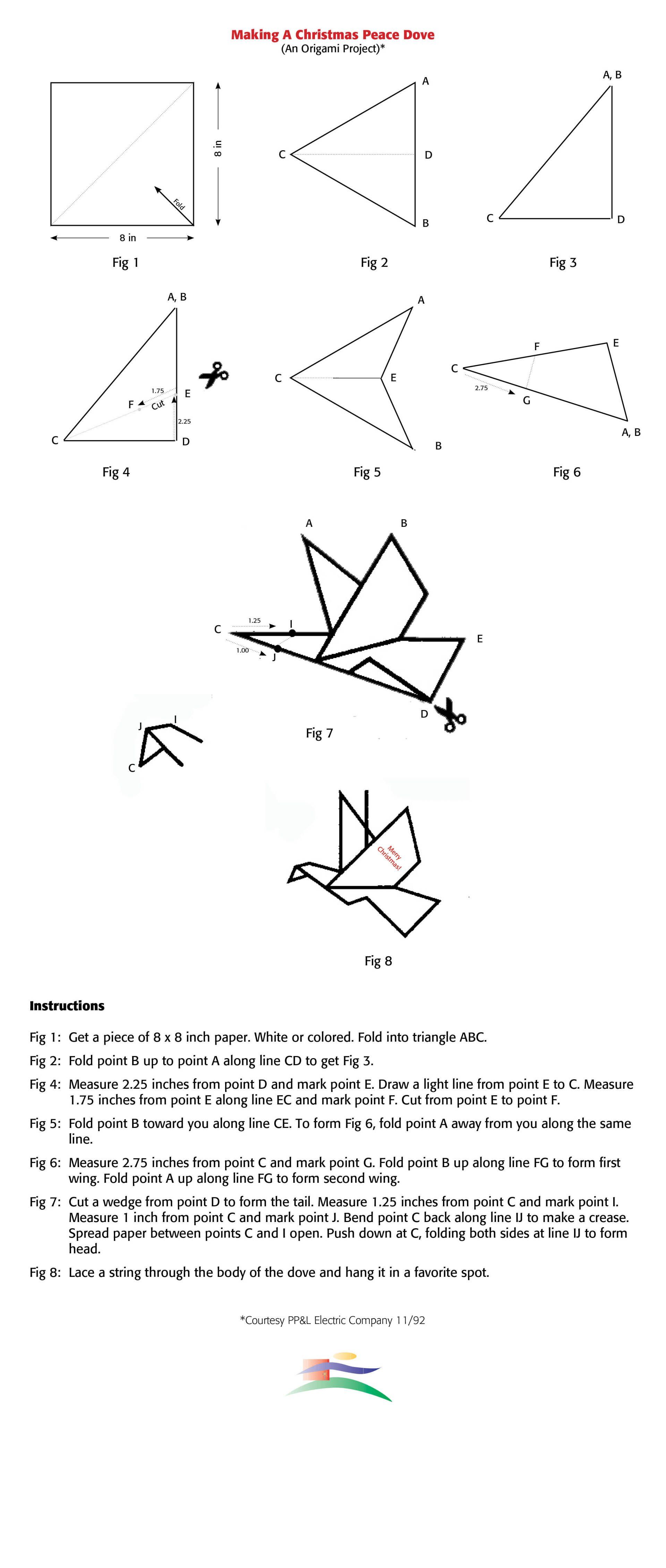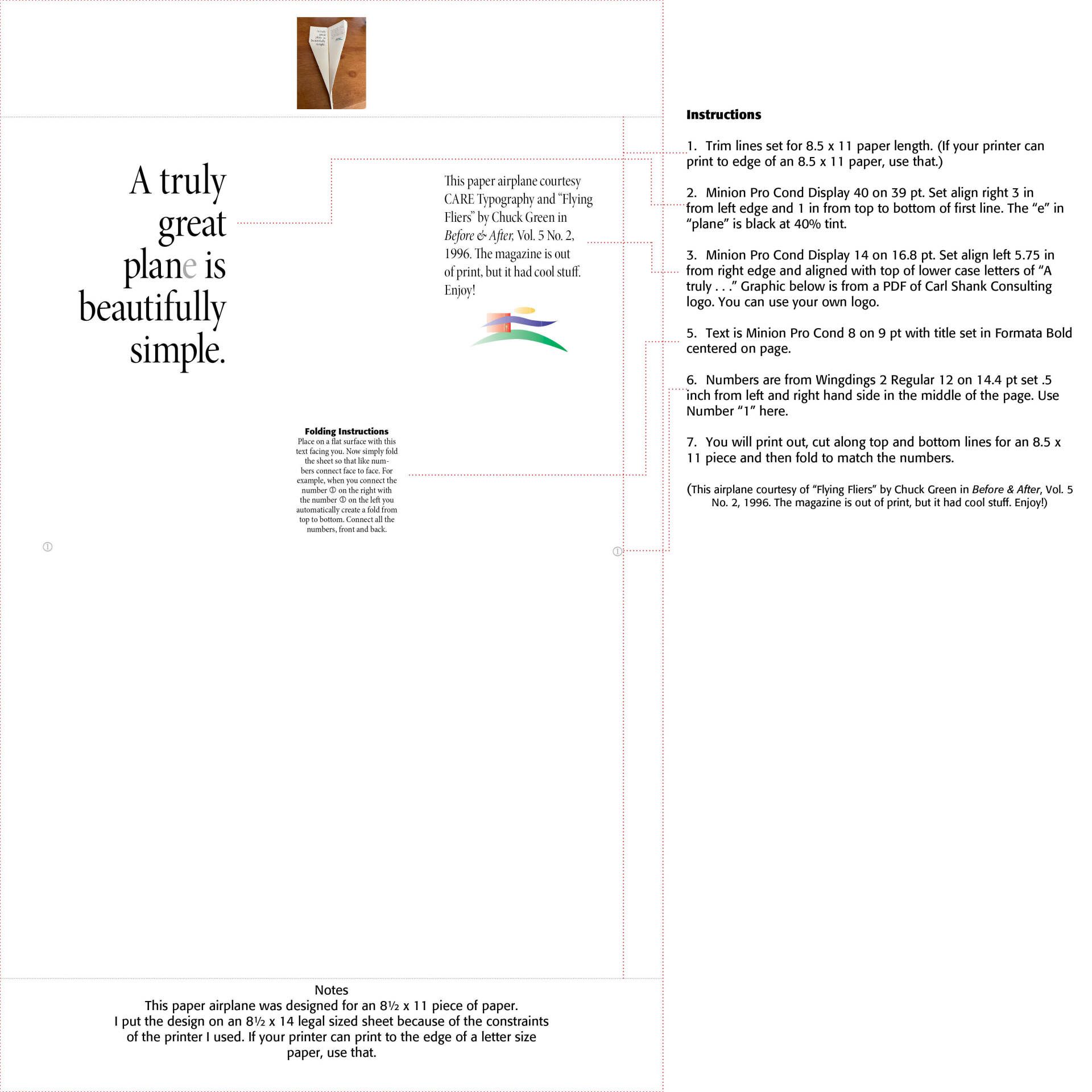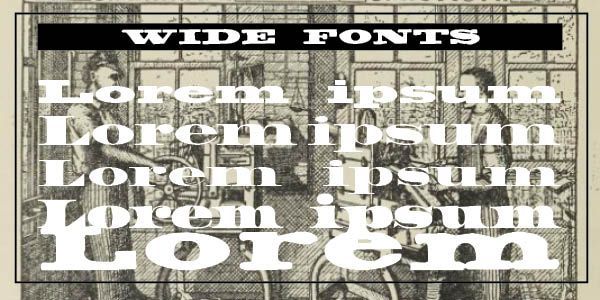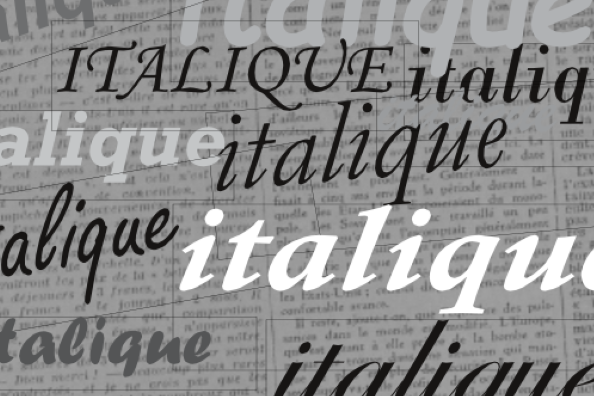Peace Bird & Paper Airplane
Origami (折り紙, Japanese pronunciation: [oɾiɡami] or [oɾiꜜɡami], from ori meaning "folding", and kami meaning "paper" (kami changes to gami due to rendaku)) is the art of paper folding, which is often associated with Japanese culture. In modern usage, the word "origami" is used as an inclusive term for all folding practices, regardless of their culture of origin. The goal is to transform a flat square sheet of paper into a finished sculpture through folding and sculpting techniques. Modern origami practitioners generally discourage the use of cuts, glue, or markings on the paper. Origami folders often use the Japanese word kirigami to refer to designs which use cuts. (Wikipedia reference)
Two designs are offered below. One is the traditional Christmas Peace Dove and the other is a paper airplane model, first offered by Chuck Green in Before & After, Vol. 5 No. 2, 1996. The magazine is out of print, but it had cool stuff. Enjoy!



Successful Layout & Design



